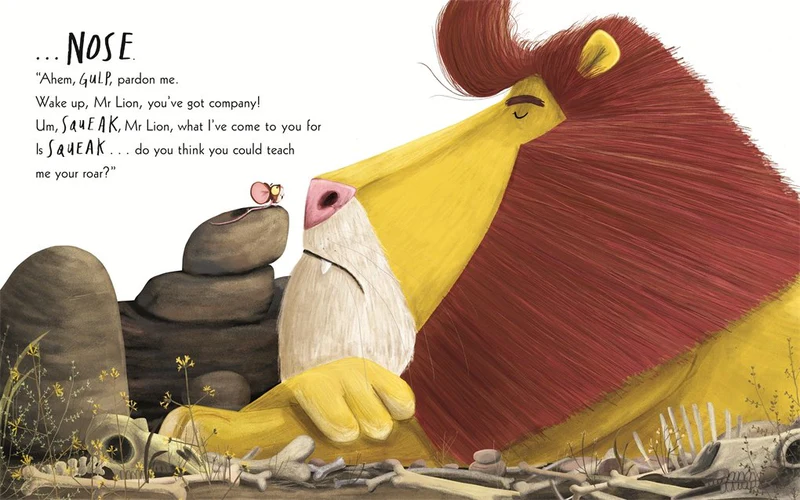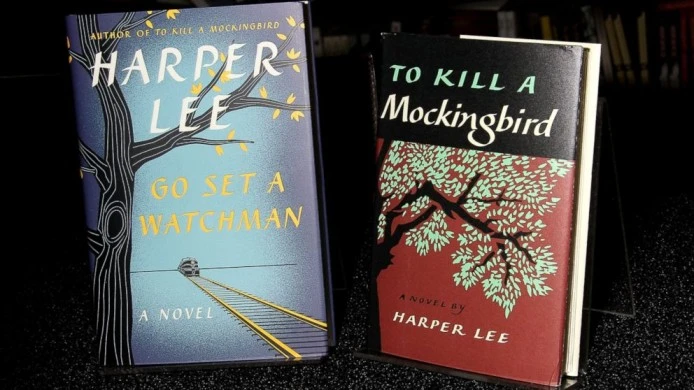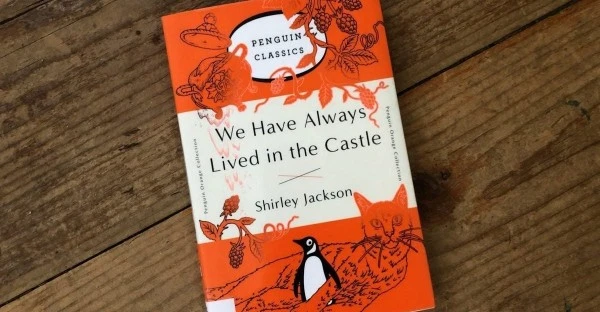Inside a House in Queens, a Dark Side of the Immigrant Story

MY MOTHER’S HOUSE
By Francesca Momplaisir
“My Mother’s House,” Francesca Momplaisir’s debut novel, begins from the point of view of La Kay, a house on fire. The walls talk, scheme and ultimately give in to an impulse to self-destruct. The house has a large range of human intentions and emotions, including an affinity for Michael Jackson and rap music, and can burst pipes and inhale fire to act on its fears and desires. It provides one of three perspectives in the novel; the others belong to its owner, Lucien, and Sol, a woman living in the basement.
Sol, whose story is part of a mystery I won’t reveal here, is the moral center of the novel who propels the narrative in the aftermath of the fire, and leads us to the secrets the house harbors.
Lucien, once a “well-heeled cream-colored man-boy” in Haiti, is doted on by his aunt and admired by women for his hazel eyes and light skin. Offered an elite education, he instead becomes a low-level criminal who traffics women out of a local bar. At 24, he stalks 15-year-old Marie-Ange, the daughter of one of Papa Doc Duvalier’s personal guards. Their union is born of calamity as Lucien rescues Marie-Ange from a violent attempt to overthrow Duvalier, an effort that ends up disappearing her father and her siblings.
The couple and their children eventually make their way to La Kay, in what had been an Italian neighborhood in Queens, where they rent rooms to incoming immigrants. This is the America of opportunity, with one wave of immigrants replacing another as they climb higher on the ladder of success, but Momplaisir skillfully reveals why this ladder is missing a few rungs.
Americans were hostile to Haitians during the 1980s AIDS crisis: “Roll Aids was the punchline to a joke about Haitians on skates.” Haitians could not attain even the second-class-citizen status of American blacks. An imagined predilection to disease and foreignness in fashion and speech were matters of life and death; the house mourns victimized Haitian-born men like Abner Louima.
While no artist can give us every nuance, even of a world she knows with great intimacy, I found myself wanting more character-building, especially of Lucien. He is abusive from the story’s beginning, but the progression of the novel reveals unexpected depths of depravity without developing his transition from misogyny to violent sadism. How does a person come to commit despicable acts, even when he knows they are wrong?
Lucien knows terror; he has lived it in Papa Doc’s and later Baby Doc’s Haiti. He rejects “the sensationalism of America’s 6 o’clock news … trivializing the experience of those brutalized, erased or massacred.” And yet he replicates it. The women unlucky enough to garner his romantic attention are disposable, with no existence except in relation to him; even their names are replaced with numbers.
Lucien’s persistent refrain throughout the book, “I am nothing,” helps us appreciate the bottomlessness of his need. But what twisted thinking, justifications and stories does he tell himself to make his sinister worldview possible?
Turning living beings into transactional objects allows the perpetrator to become anything: a rapist, a dictator, a collector of women no different to him from rocks or ketchup packets. “My Mother’s House” is an ambitious attempt to tell a story of despotism and terror, toxic masculinity and survival, and is a needed contribution to this difficult conversation.




